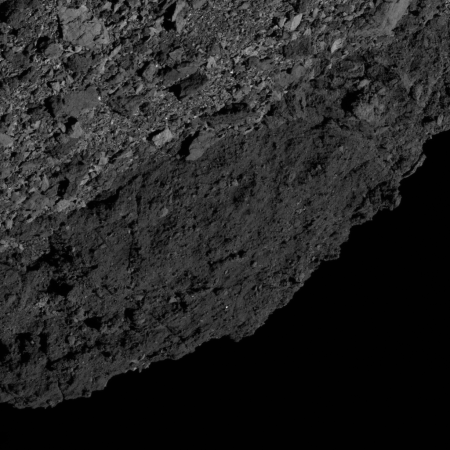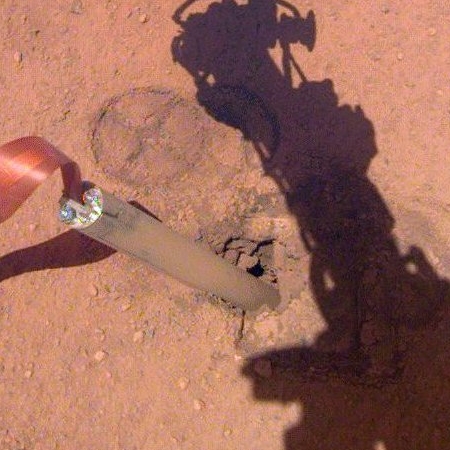Putin slams Roscosmos for continuing corruption at Vostochny
At a meeting yesterday Russian President Vladimir Putin blasted Roscosmos for the corruption at the new spaceport at Vostochny, noting that despite the prosecution of numerous individuals the criminal behavior continues.
Russian President Putin said at a government meeting on Monday that dozens of criminal cases and jailings had failed to stem theft at the Vostochny spaceport construction site….
“It has been stated a hundred times: you must work transparently because large funds are allocated. This project is actually of the national scope! But, despite this, hundreds of millions, hundreds of millions [of rubles] are stolen! Several dozen criminal cases have been opened, the courts have already passed verdicts and some are serving their prison terms. However, things have not been put in order there the way it should have been done,” the Russian president said.
This article notes that out of $1.4 billion allocated for the spaceport, $169 million has been stolen. It does not however provide any details about any new corruption. Instead, it outlines the investigations and prosecutions that have already taken place.
According to Peskov, “at the first stage, 128 criminal cases were opened, which were later consolidated into 32 criminal cases and at the next stage the Investigative Committee singled out 21 cases and transferred them to the court of law and 18 persons were sentenced at the time,” Peskov said. “The Interior Ministry investigated 8 more cases,” he added.
Either Roscosmos officials revealed to Putin newly discovered corruption that the state-run press has been forbidden to discuss, or Putin’s criticism was aimed to discouraging future corruption.
Either way, Vostochny remains a typical government boondoggle. It has cost Russia far more than it should, and construction has been slow, beginning officially in 2012, though Russia has been working on it in fits and starts since the mid-2000s.
At a meeting yesterday Russian President Vladimir Putin blasted Roscosmos for the corruption at the new spaceport at Vostochny, noting that despite the prosecution of numerous individuals the criminal behavior continues.
Russian President Putin said at a government meeting on Monday that dozens of criminal cases and jailings had failed to stem theft at the Vostochny spaceport construction site….
“It has been stated a hundred times: you must work transparently because large funds are allocated. This project is actually of the national scope! But, despite this, hundreds of millions, hundreds of millions [of rubles] are stolen! Several dozen criminal cases have been opened, the courts have already passed verdicts and some are serving their prison terms. However, things have not been put in order there the way it should have been done,” the Russian president said.
This article notes that out of $1.4 billion allocated for the spaceport, $169 million has been stolen. It does not however provide any details about any new corruption. Instead, it outlines the investigations and prosecutions that have already taken place.
According to Peskov, “at the first stage, 128 criminal cases were opened, which were later consolidated into 32 criminal cases and at the next stage the Investigative Committee singled out 21 cases and transferred them to the court of law and 18 persons were sentenced at the time,” Peskov said. “The Interior Ministry investigated 8 more cases,” he added.
Either Roscosmos officials revealed to Putin newly discovered corruption that the state-run press has been forbidden to discuss, or Putin’s criticism was aimed to discouraging future corruption.
Either way, Vostochny remains a typical government boondoggle. It has cost Russia far more than it should, and construction has been slow, beginning officially in 2012, though Russia has been working on it in fits and starts since the mid-2000s.





